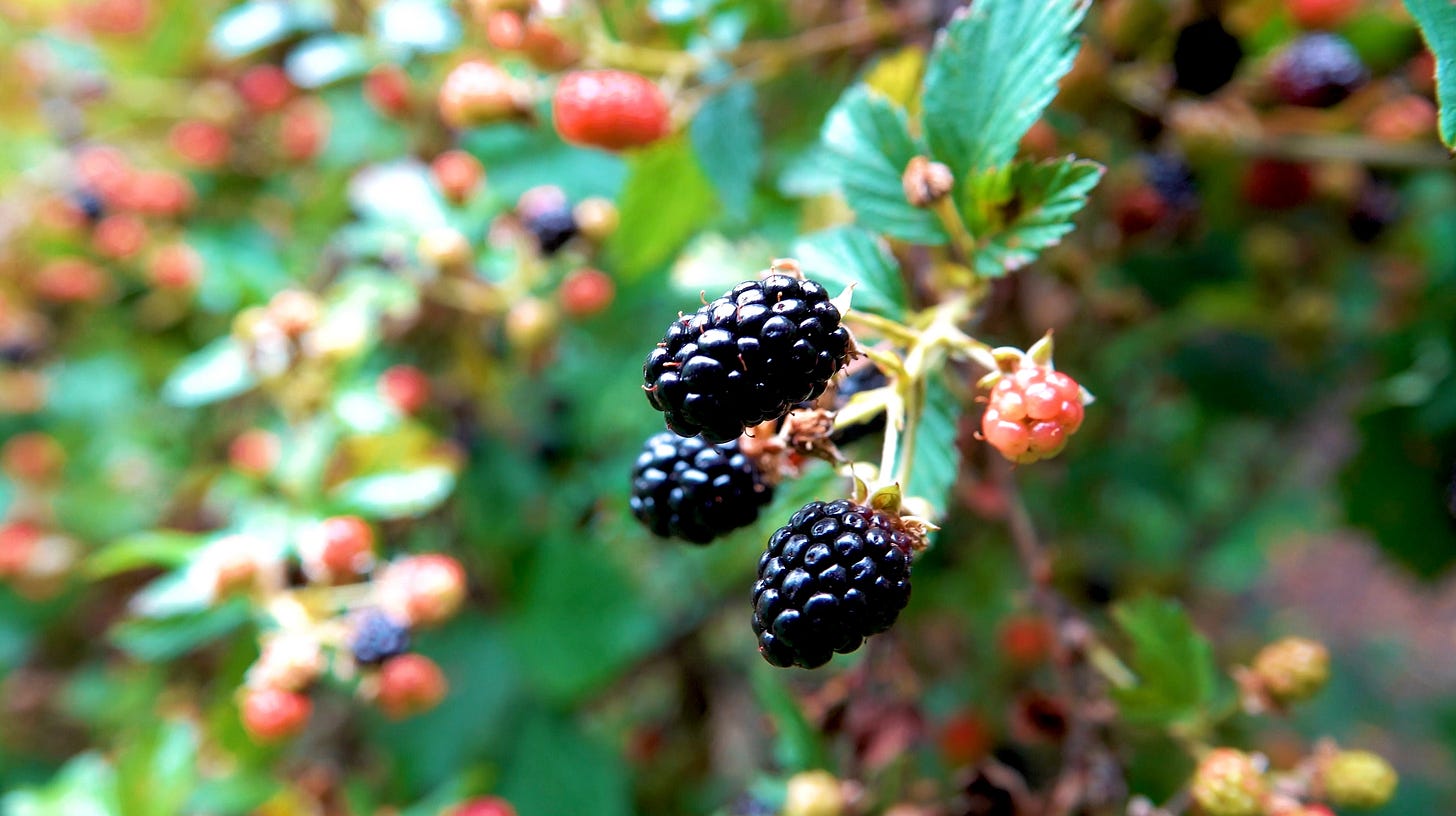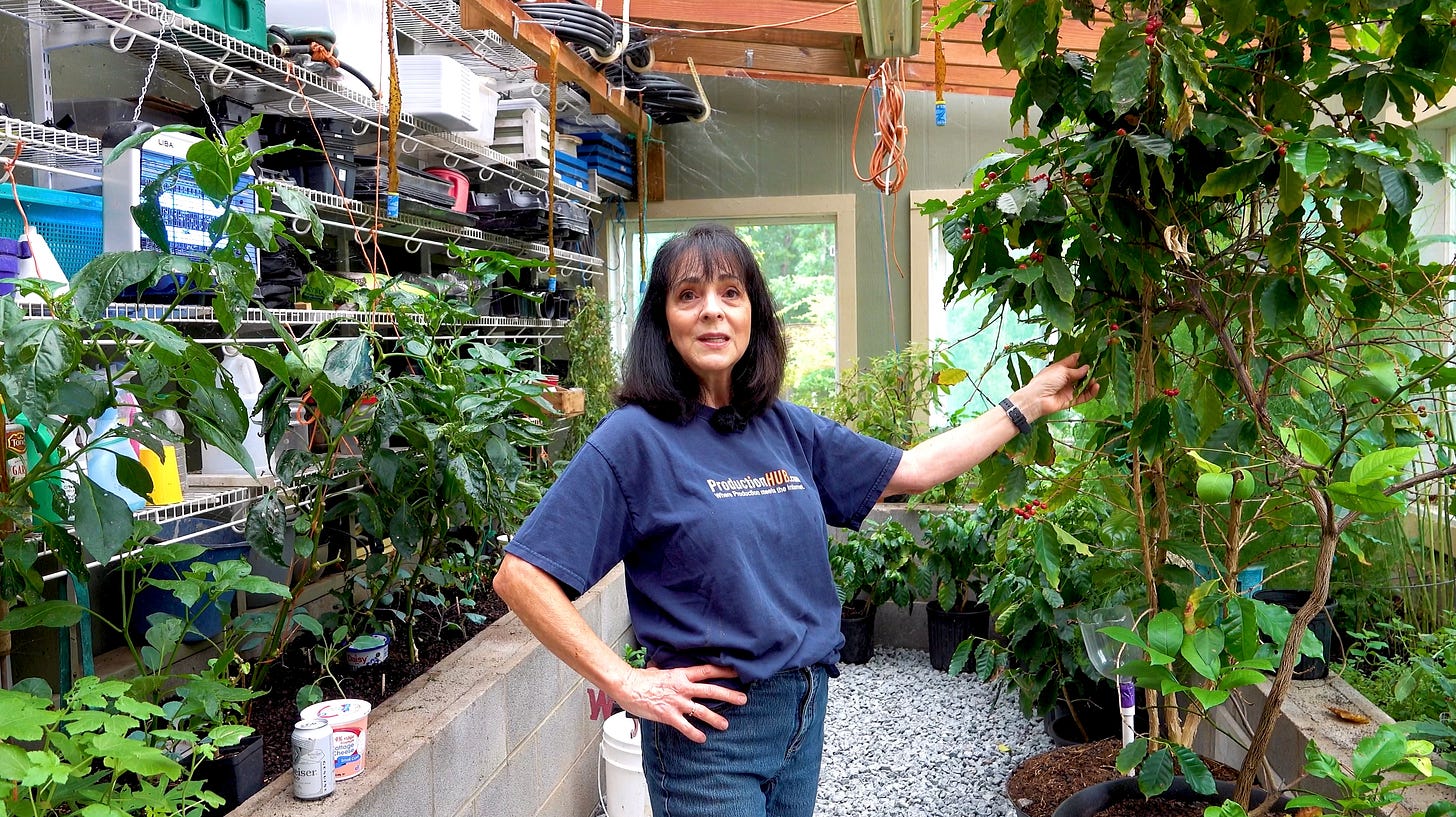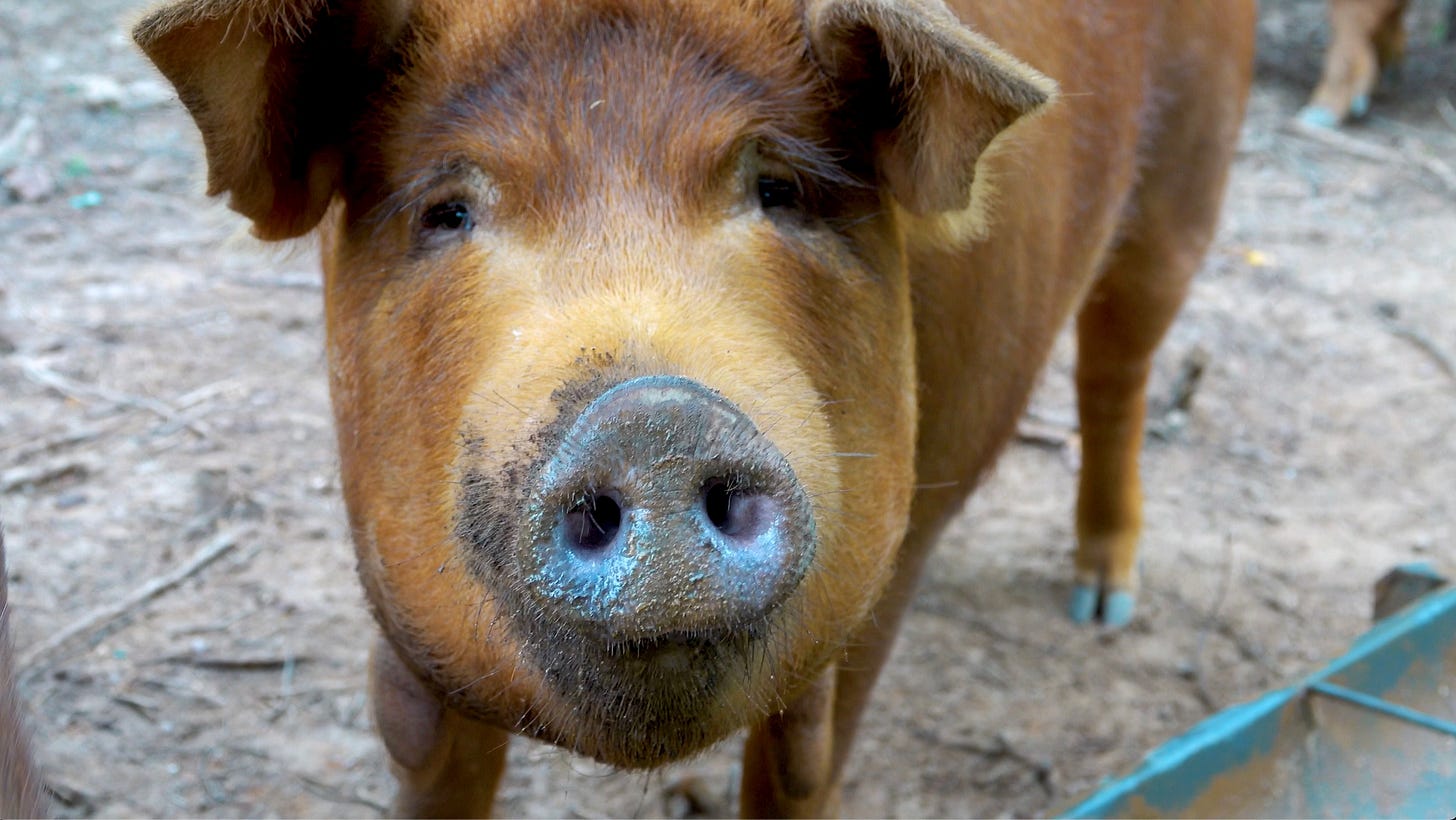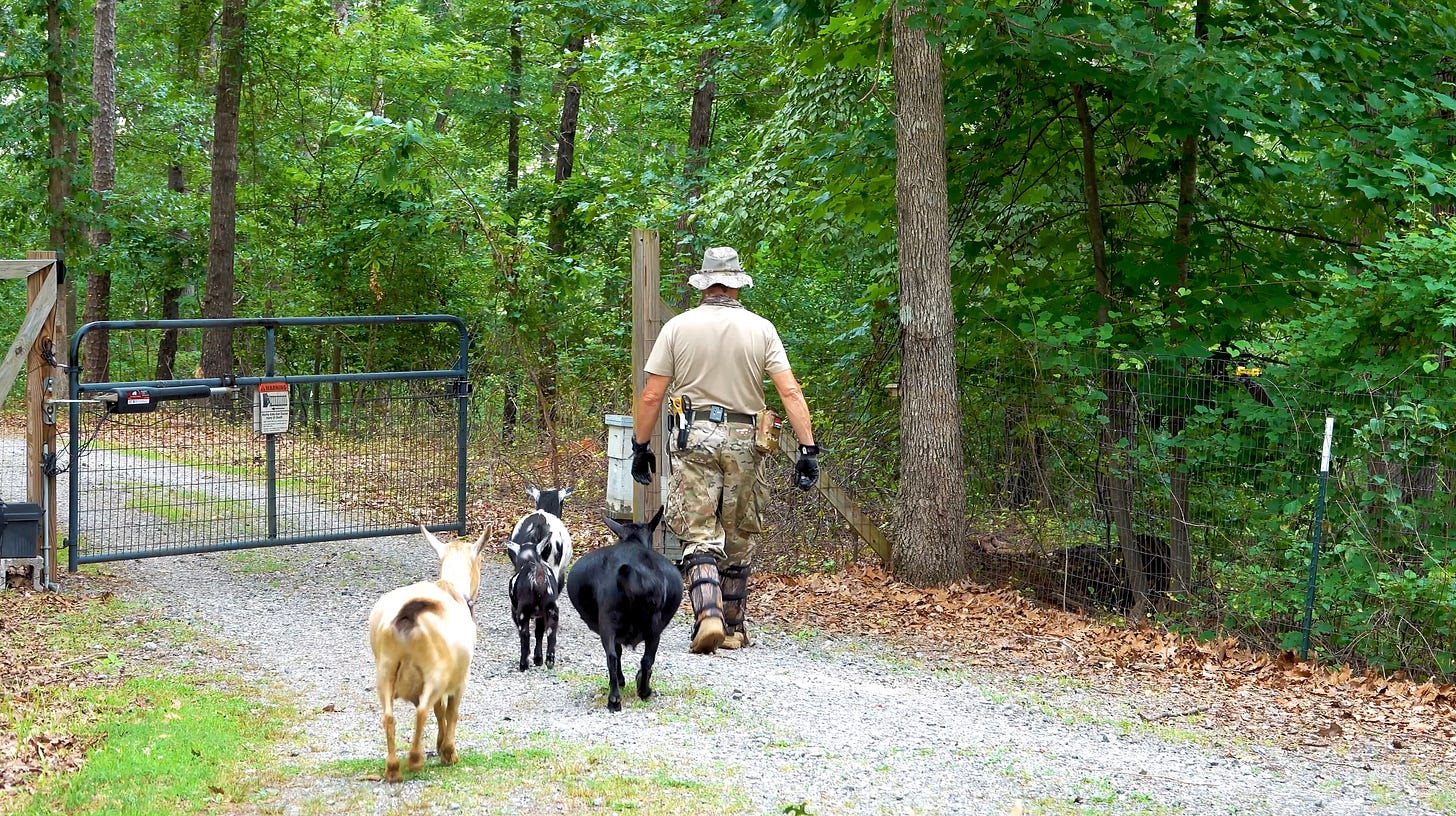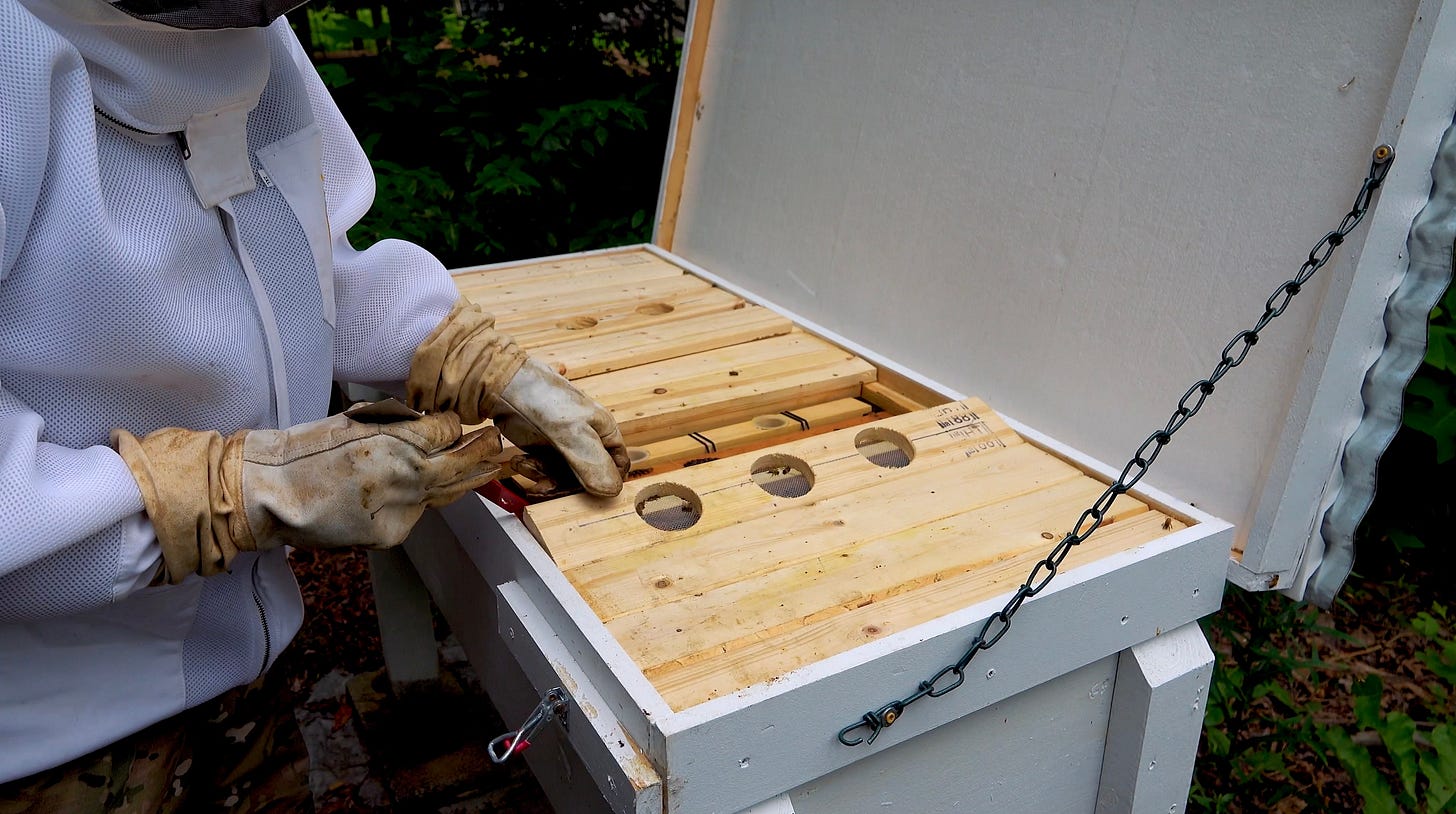LIVING OFF THE GRID
How One Couple Found Freedom Through Self-Reliance and Sustainability
In an age of uncertainty—rising crime, economic instability, political unrest, and fragile global supply chains—a growing number of Americans are walking away from the systems they once trusted. For Rick and Jane Austin, that decision didn’t come from a trendy movement or apocalyptic fear. It came from experience—and necessity.
Their story, documented in a feature by Meet My Neighbor Productions, is more than a chronicle of homesteading. It’s a powerful testament to the resilience of the human spirit, the genius of nature, and the importance of preparing for a world that no longer guarantees safety or stability.
From Helicopters to Homesteading
Before the garden paths and goat milk ice cream, there were sirens and searchlights. Rick recalls living in a gated community where helicopters flew overhead with searchlights aimed at his backyard three nights a week. “We were essentially living in a prison of our own making,” he said. “You get home, hit the garage opener, shut the door behind you, and pray nobody followed you in.”
Jane’s wake-up call was more visceral—a carjacking attempt at gunpoint in broad daylight, in the heart of a bustling city. “That just took my happy place away instantly,” she says. “That’s when I knew I wasn’t in Kansas anymore.”
What followed was a drastic choice: sell the house, the car, and everything they didn’t need. With what remained of a 401(k), they bought rural land and committed to building a life based on one principle—self-sufficiency.
LEARN MORE FROM THE SURVIVALIST GARDENER AND SURVIVOR JANE
Rick Austin’s Books | Jane’s Books | Learn About Prepper Camp
Building “Nature Culture”
Rick, a former gentleman farmer in New Hampshire and Florida, had already grown disillusioned with conventional agriculture. Pesticides, fertilizers, and monoculture planting did little to yield quality produce. “I did everything the way they said to,” he says. “And still had scabby, wormy apples.”
That failure inspired a complete rethinking of how food is grown. Drawing from indigenous knowledge and permaculture, Rick coined the term Nature Culture—a method that mimics natural ecosystems to grow food without chemicals, irrigation, or tilling.
Their “secret garden of survival” is a layered food forest with fruit and nut trees, herbs, berries, vegetables, and pollinator plants all supporting each other. From elderberries and feverfew to jujube trees and lemon balm, the entire system operates with minimal human interference. Companion planting—like tomatoes beside catnip—naturally deters pests, while wasps and honeybees act as both pollinators and protectors.
“It’s like a mini-ecosystem,” Rick explains. “Nature’s been doing this for millions of years without our help.”
Innovation on a Budget
What’s remarkable is how much the Austins have built with very little money. Their greenhouse doubles as a solar water heater, using black pipe coils to heat water up to 140°F without electricity. Graywater from sinks and showers irrigates plants. Compost toilets eliminate the need for 9,000 gallons of flushed drinking water per person per year. And a recycled truck topper became a mobile chicken coop.
Jane, once a self-described “city girl” with a focus on department store sales, now makes herbal medicine, slug traps, laundry soap from plants, and seeds new crops in reused containers. “When everyone was panicking about hand sanitizer and toilet paper, we didn’t miss a beat,” she says.
Smart Livestock Choices
Their farm animals are not hobby additions—they’re functional and sustainable.
Goats: Nigerian Dwarfs provide rich milk (50% more butterfat than cow’s milk), with three goats producing up to 1.5 gallons a day—more than enough for cheese, yogurt, and the couple’s famous goat milk ice cream.
Rabbits: Champagne d’Argent rabbits offer high meat yields. Three does and a buck can produce up to 900 pounds of lean meat annually.
Ducks: Khaki Campbells lay 300 eggs per year, each with more protein than a chicken egg. They also serve as natural pest control in the garden.
Honeybees: Managed in horizontal hives that reduce disruption, the bees provide honey, pollination, and even natural mite control via medicinal plants like mountain mint.
Heritage Pigs: Red Wattle pigs, raised in rotational paddocks of foraged feed and turnips, thrive without drugs and produce restaurant-quality meat with little input.
Every animal fits into a closed-loop system, turning waste into fertilizer and food into life.
Prepper Camp: Building Community Resilience
The Austins’ lifestyle isn’t just for show. It's part of a larger educational mission. Years ago, Rick co-founded Prepper Camp, a hands-on gathering that teaches self-reliance, bushcraft, and sustainability to hundreds of attendees annually.
Unlike commercial expos, Prepper Camp is rooted in authenticity. Participants learn real-world skills: Dutch oven cooking, fire-starting, off-grid water systems, food preservation, and herbal medicine. With over 60 rotating classes, the event welcomes both newcomers and seasoned homesteaders looking to level up their preparedness.
“We created the event we wanted to attend,” Rick says. “It’s not about selling gear. It’s about passing on knowledge.”
Living Proof That It Can Be Done
Through every innovation and challenge, the Austins have proven that homesteading is not just possible—it’s transformational.
They’ve built a resilient life on a shoestring, feeding themselves with less land, less water, and fewer inputs than many would think possible. Their model defies both modern consumerism and the industrial food system, offering a blueprint for freedom rooted in nature, community, and faith.
“We didn’t have a lot of money,” Jane says. “But we had a vision. And we learned how to make it work.”
Their story is just one of many featured by Meet My Neighbor Productions, a nonprofit committed to telling the stories of America’s farmers, homesteaders, and food producers. If you want to support this kind of educational media—or experience this life firsthand—visit PrepperCamp.com or check out Meet My Neighbor’s work on YouTube and social media.
https://www.meetmyneighbor.org
This isn’t just off-grid living. It’s off-system living. And it may be the future of freedom.





